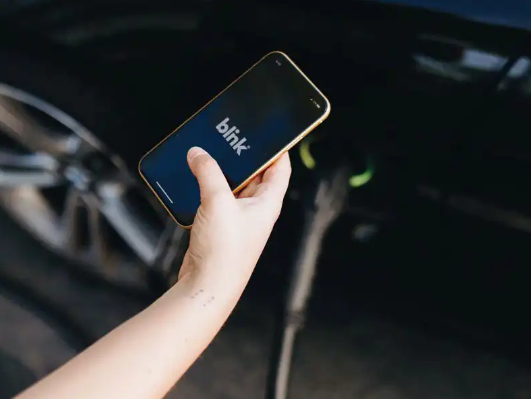More and more myths are being debunked about electric vehicles and the charging infrastructure they need to operate efficiently and at lower cost.
In that sense, Blink Charging, one of the leading players in charging networks for electrified cars, presents a guide to the benefits of acquiring new technology cars.
Blink Charging highlights that an electric vehicle offers three key advantages: less maintenance, better performance and more silence on the road.
Read also: Blink Charging’s Contribution to World Ecology Day
Less Ongoing Maintenance
According to the guide offered by Blink Charging, one of the advantages of an electric vehicle is that it requires less maintenance than its internal combustion engine, or gasoline-powered, cousins.
This is because they have fewer moving parts and less fluids. As much as 70% of the components of an electric vehicle may be different from those of an internal combustion engine vehicle, according to CALSTART, a California-based organization focused on clean transportation.
With internal combustion engine vehicles, you need a starter, gas tank, fuel injectors, throttle valve, pistons and cylinders, exhaust system, water and fuel pumps, among others.
On the other hand, electric vehicles have on-board charger, battery, motors and cooling system.
High Performance
Another advantage of an electric vehicle is performance. You get more for your money when it comes to driving an electric vehicle. This is because a higher percentage of the power generated by the motor goes into driving the vehicle.
This is especially noticeable during acceleration. Unless the user is driving an ultra-high-performance internal combustion engine car, there is a slight delay between when you step on the accelerator and when the car actually accelerates.
In an electric vehicle, acceleration is instantaneous. You press the accelerator and the car accelerates immediately, since, unlike a combustion car, the power in an electric vehicle is applied directly to the wheels.

Better Performance and Energy Efficiency
Blink Charging points out that an electric drive system has only about 15-20% energy loss compared to 64-75% of the energy lost in an internal combustion engine vehicle.
Electric vehicles, on the other hand, use 65-69% of the total energy to drive the wheels. Then, thanks to regenerative braking, 22% of the energy is recaptured, returned to the battery and then used a second time to drive the wheels.
In other words, electric vehicles are 60-73% efficient, depending on the driving cycle, and regenerative braking can increase total efficiency to 77-100%.




